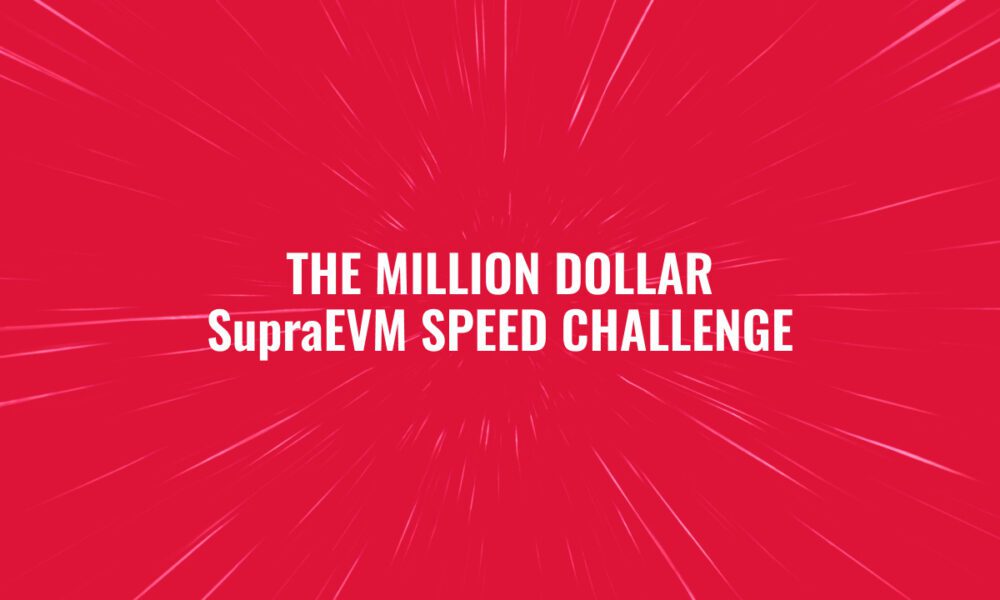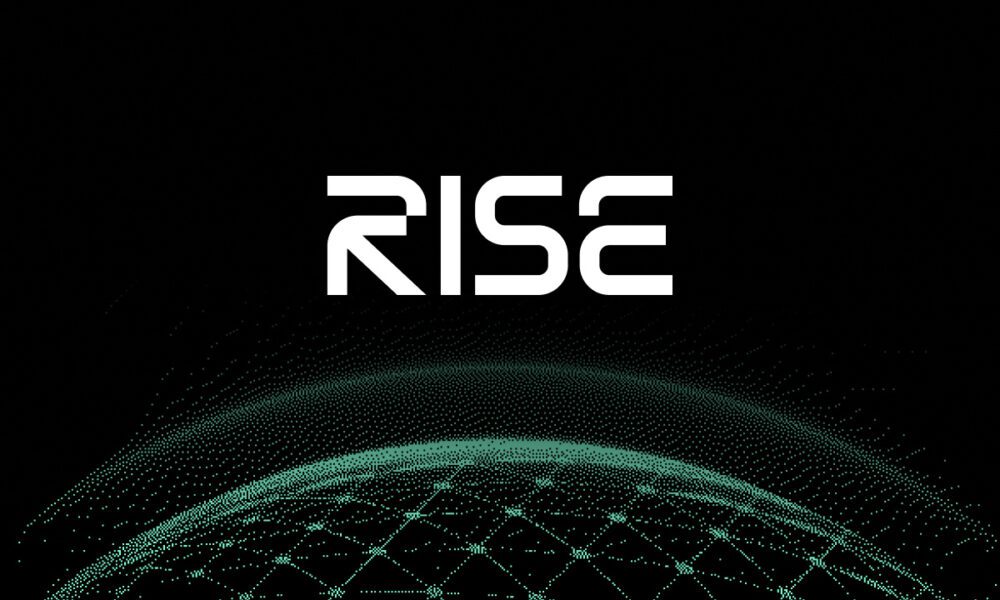Published as part of a series spotlighting practitioners shaping real-world AI in business.
If you’re using AI for business decisions, there’s something you need to know: not all AI thinks the same way. And the difference could cost you—or save you—real money.
Here’s a scenario every business leader has faced:
A $50K customer emails: “We’re considering a competitor 20% cheaper. Match their price or we’ll switch.”
You ask AI for help. Here’s what happens:
Standard AI gives you an instant answer: “Offer the 20% discount immediately. Customer retention is cheaper than acquisition. Keep the $50K customer with a $10K discount.”
Reasoning AI takes 15 seconds and asks: “Why are they leaving? Is it price or service? What’s the risk if others hear about this? Maybe offer a loyalty package—10% off for 2 years with premium support.”
Same question. Two completely different strategies.
The first gives you an answer. The second gives you a thinking process that could save $10K this year and prevent a cascade of future discount demands.
How do I know this matters? I’ve spent 15+ years building AI-powered enterprise products. I’ve seen firsthand how the companies that understand how their AI thinks make better decisions than those who just use it blindly.
The technology fundamentally shifted in 2024 with reasoning models. Most business leaders haven’t caught up yet.
Two Modes of AI Thinking
Think of it like this: you can ask someone a question and demand an instant answer, or you can give them a few minutes to actually work through the problem.
Daniel Kahneman, the Nobel Prize-winning economist, wrote about this in Thinking, Fast and Slow. He called them System 1 (fast, intuitive) and System 2 (slow, deliberate) thinking.
Standard AI is pure System 1—it predicts what word comes next based on patterns it learned. Brilliant for quick tasks, but prone to taking shortcuts on complex decisions.
Reasoning AI is different. It’s been trained to “show its work”—generating thousands of additional words between your question and its answer, working through the problem step-by-step. Research from Google and IBM shows that this dramatically improves accuracy on complex tasks.
The key players: ChatGPT-5 (OpenAI), Claude 4.5 Sonnet (Anthropic), and Gemini 2.5 Pro (Google) all have extended reasoning modes you can toggle on.
The catch? It’s not literal “thinking”—these are still pattern-matching machines, not conscious beings. But the way they mimic human reasoning? Remarkably effective.
When to Use Each Approach
| Decision Type | Use Standard AI | Use Reasoning AI |
|---|---|---|
| Quick lookups | ✓ “What’s our customer retention rate?” | |
| Simple drafting | ✓ “Write a follow-up email” | |
| Multi-step analysis | ✓ “Should we enter this new market?” | |
| Strategic decisions | ✓ “How should we respond to this threat?” | |
| Finding edge cases | ✓ “What could go wrong with this plan?” | |
| Cost per query | Low ($0.01-0.05) | Higher ($0.05-0.20) |
| Response time | 0.5-2 seconds | 5-30 seconds |
The key principle: Use reasoning AI when the cost of a wrong decision exceeds the extra 10-30 seconds and few cents per query.
What happened in those 15 seconds?
Back to our $50K customer threatening to leave. While you waited 15 seconds, here’s what the reasoning AI actually did:
- Questioned the premise: “Is it really about price, or are there service issues?”
- Analyzed the context: Is this a new customer (risky to chase) or a long-term one (worth fighting for)? What does their payment history show?
- Evaluated the risks: Who else will hear about the discount? Are they connected to big customers? What precedent are you setting?
- Explored alternatives: Discount, loyalty package, value-added services, or a call to understand the issue.
The AI didn’t just answer your question—it reframed it. The real question isn’t “should I discount?” It’s “why are they leaving, and what’s the smartest response?”
Those 15 seconds of AI reasoning could save you $10K this year and a lot more in the future.
Yes, it’s slower (3-10x) and more expensive (2-5x) per query. But on complex business decisions? The accuracy improvement is dramatic—benchmarks show 54% to 83% jumps on challenging problems.
Let’s do the math: Reasoning AI costs more per query, but if it helps you avoid just one $10K mistake per quarter, the ROI is clear. Most businesses won’t need 40,000 strategic queries per year to break even
For a product roadmap decision, reasoning AI goes beyond ranking features by effort vs. impact—it questions whether you’re measuring impact correctly, finds hidden dependencies, and flags potential revenue issues.
What Reasoning AI Can and Can’t Do
Reasoning AI excels at multi-step analysis, finding edge cases, building plans, and evaluating arguments. It’s great for complex problems where you need to explore different solutions.
However, it has limits. AI can’t access real-time data, like market changes or breaking news. It doesn’t understand company culture or office dynamics. It can’t innovate beyond its training data or make intuitive leaps like humans. It may also present “facts” that sound true but are incorrect. Most importantly, it can’t take responsibility for its decisions.
Example of reasoning AI failure: I asked AI to evaluate a partnership opportunity. It gave a great 20-point analysis but falsely cited “market research from TechAnalysis Group 2024” that didn’t exist. The reasoning was good, but it was based on made-up data. Always verify facts, especially statistics and research. A simple approach: ask AI to fact-check its own analysis. For example, try: “Review your response and identify which facts or research need verification.”
The key principle: use reasoning AI as a thinking partner, not a decision-maker. The final judgment—and responsibility—always remains with you.
How to Apply this Today
Ready to try reasoning AI? Here’s exactly what to do right now.
Turn on reasoning mode. In ChatGPT, click the model selector, ensure you’ve selected GPT-5, then choose between instant, thinking, or pro modes. The “auto” setting works for most tasks, but for complex decisions, enable deeper reasoning. See OpenAI’s complete guide here. Claude, Gemini, and other platforms work similarly—look for “extended thinking” toggles. Claude’s guide is here.
Pick a real problem you’re facing today. Choose an actual decision—like a pricing negotiation or a complex customer issue you need to solve this week.
Give the AI full context. Instead of asking “Should I give this customer a discount?”, provide details like the customer’s value, history, and what success looks like. Ask for a step-by-step evaluation and identify potential assumptions.
Watch the AI think. With extended thinking, you’ll see its reasoning unfold in real time. Review how it explores different paths, rejects certain options, and questions assumptions. This helps you learn better thinking patterns.
Apply best practices from OpenAI’s guide. Their reasoning best practices work across platforms: ask the AI to show its work, request multiple approaches, have it critique its own answer, and verify the reasoning path—not just the final answer. Build on responses iteratively and save effective prompts for future use.
Then, make your decision. Treat the AI’s output as advice, not truth. Verify facts, evaluate logic against your context, and apply your own judgment. The AI is your advisor, not the decision-maker.
Try this today. The insight from watching AI reason through one real challenge beats reading any article.
The Competitive Advantage
The reality is, your competitors are using AI. The key question is whether they understand its strengths and limitations.
AI is shifting from a tool for productivity (faster answers) to a strategic partner (helping make better decisions). This matters most in tech-driven businesses:
- Compliance and risk: Reasoning AI catches edge cases that trigger regulatory scrutiny
- Strategic timing: It explores the second-order effects of trends that competitors miss
- Build vs. buy decisions: It systematically evaluates dependencies and hidden costs
Early adopters who master AI will make better decisions, spot hidden risks, and create stronger plans.
The $50K customer retention example is just one case. What complex decisions are you facing this week? What could you discover if you let AI take 15 seconds to think before answering? The tools are here, and the advantage goes to those who use them effectively.
About Onil Gunawardana
Onil Gunawardana is an Enterprise AI expert with over 15 years of experience building data platforms and applying machine learning to create products that deliver business impact. He combines technical depth (MSc Electrical Engineering, Stanford; BSc, Yale) with business strategy (MBA, Harvard Business School) to help leaders understand when and how to deploy AI for competitive advantage.
Learn more at Onil Gunawardana’s professional hub and LinkedIn.



































